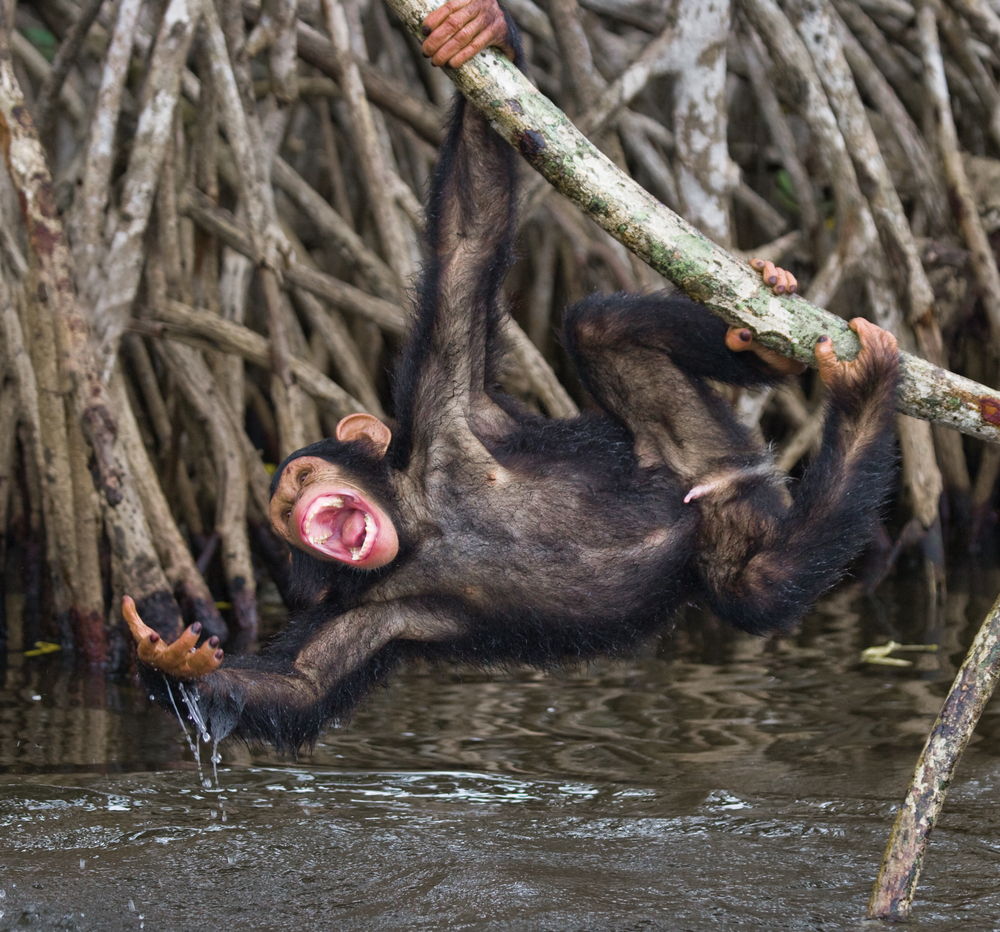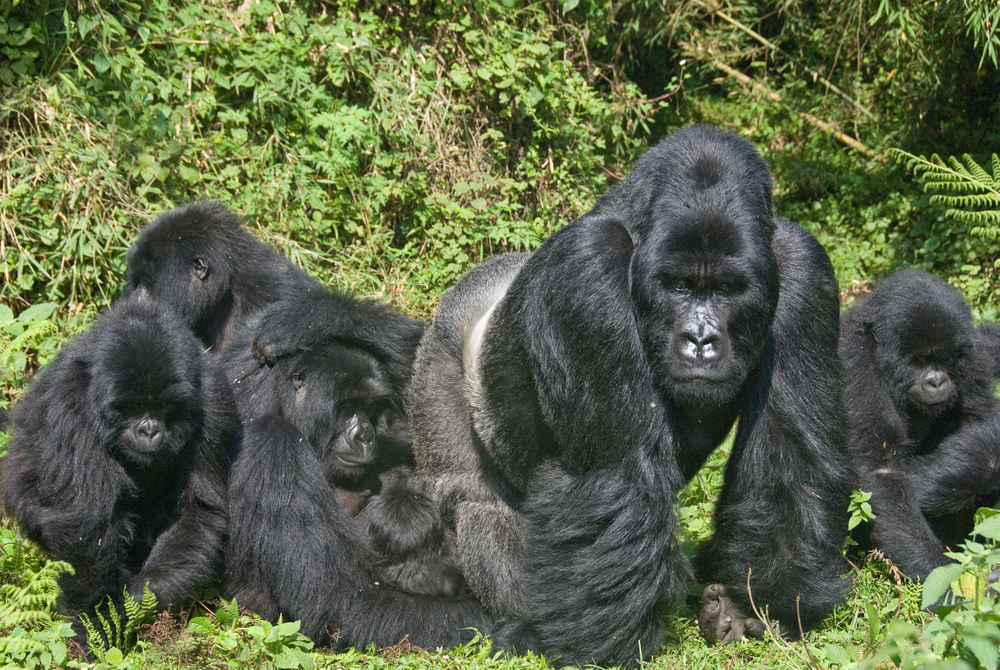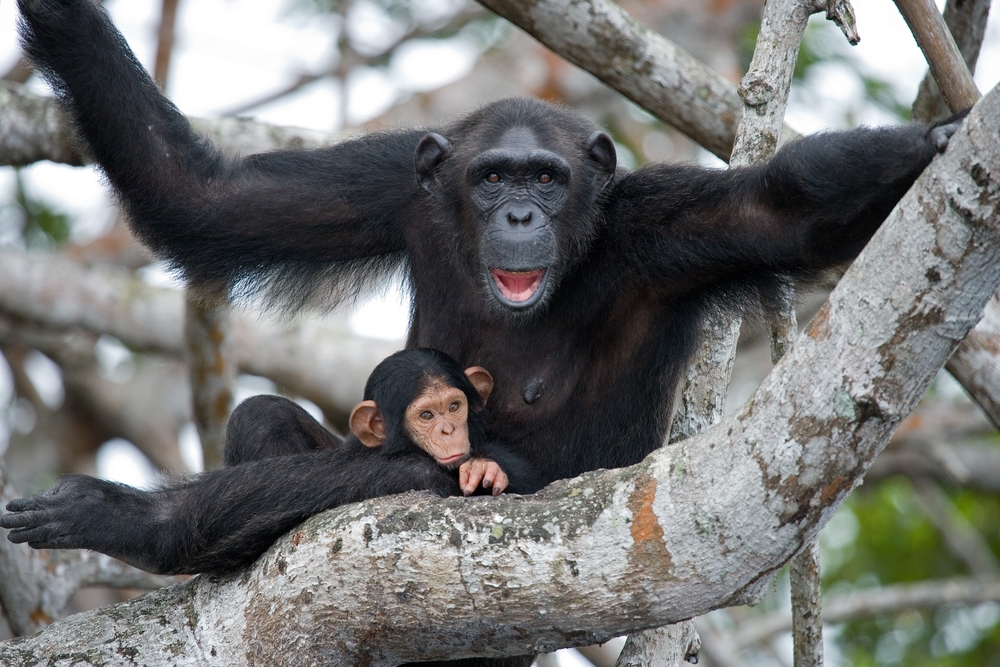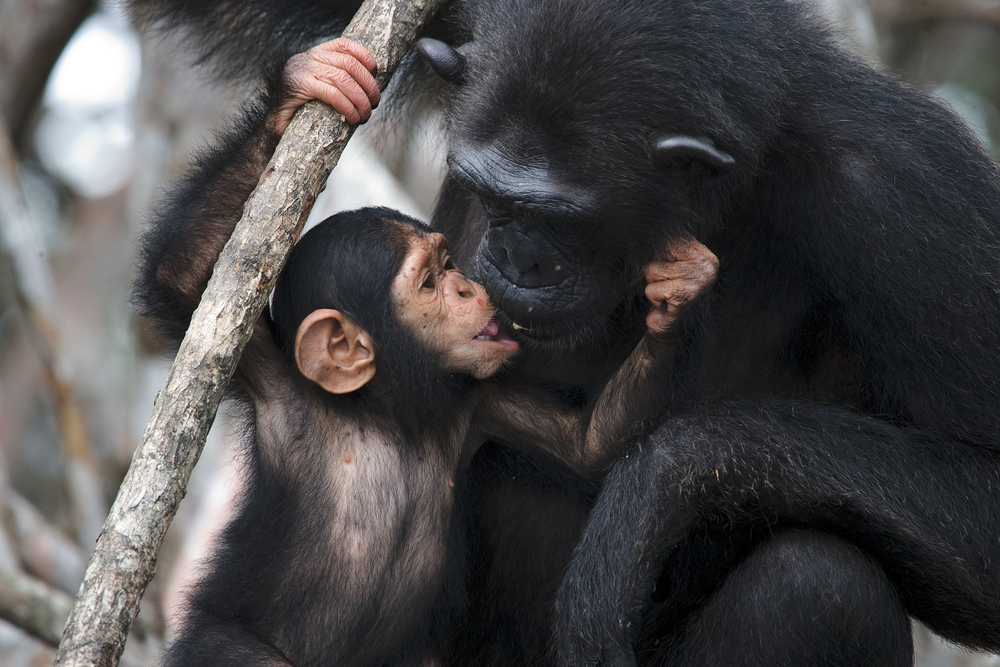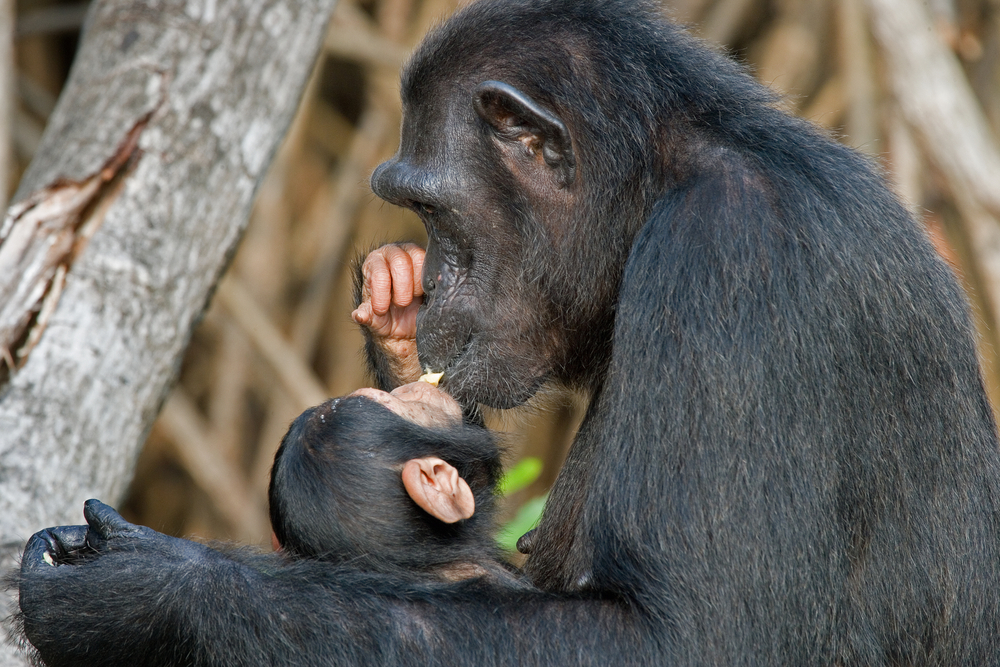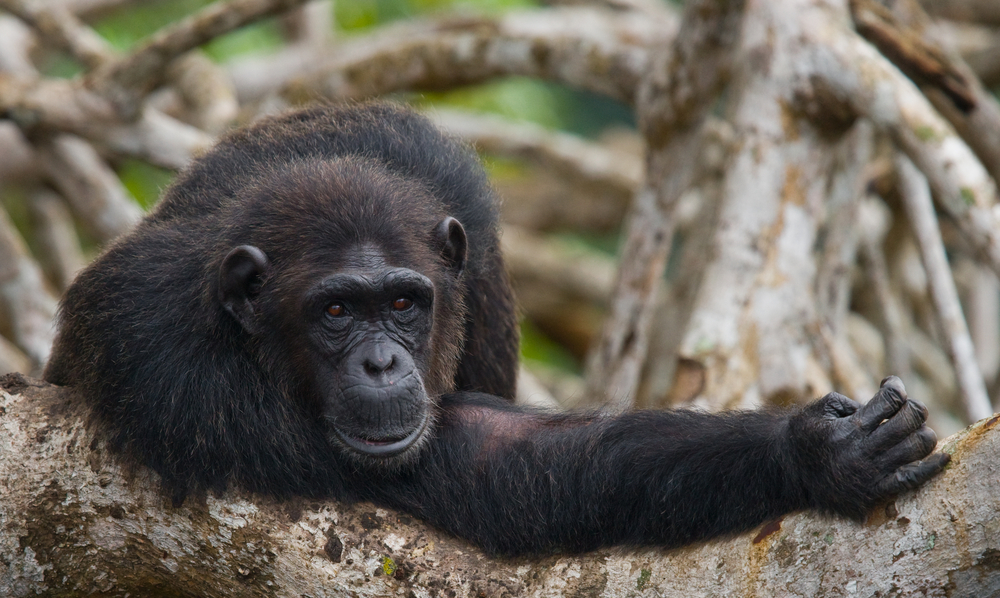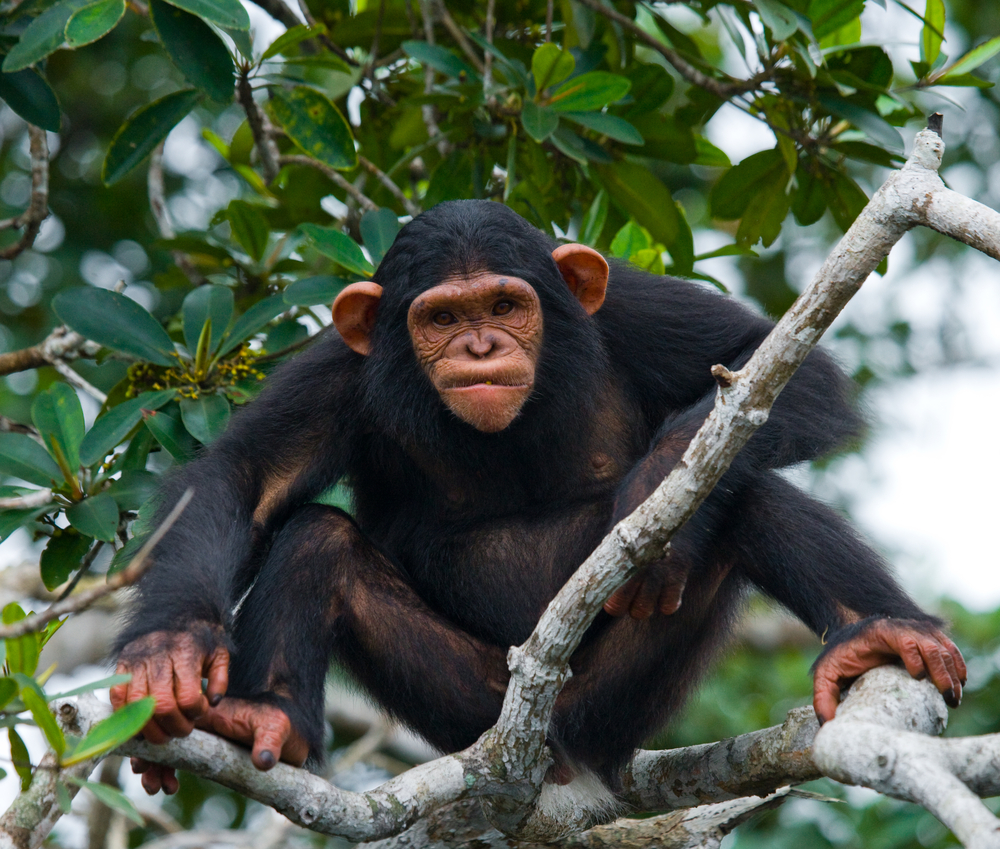Mangroves Overview
Mangroves National Park, located in the Democratic Republic of Congo (DRC), is a biodiverse sanctuary renowned for its expansive mangrove forests and rich coastal ecosystems. Situated along the Atlantic Ocean in the western part of the country, the park encompasses approximately 1,500 square miles (3,900 square kilometers) of coastal and estuarine habitats.
This unique national park boasts an intricate network of waterways, mudflats, and mangrove swamps, making it a vital refuge for a wide array of flora and fauna. The mangrove forests, characterized by their distinctive aerial roots and salt-tolerant vegetation, serve as critical nurseries and feeding grounds for numerous marine species, including fish, crustaceans, and mollusks. Additionally, the park supports diverse avian populations, with numerous migratory birds utilizing its coastal habitats as breeding and resting grounds.
The park’s estuarine ecosystems are home to a variety of wildlife, including endemic and endangered species such as the African manatee and the Congo clawless otter. Visitors to Mangroves National Park have the opportunity to witness these fascinating creatures in their natural habitats, either by exploring the park’s waterways via boat or canoe or observing from elevated viewing platforms.
Apart from its ecological significance, Mangroves National Park holds cultural importance for local communities, who rely on its resources for sustenance and livelihoods. Traditional fishing practices and sustainable resource management strategies are deeply rooted in the cultural heritage of the region, contributing to the park’s conservation efforts and promoting the preservation of its delicate ecosystems.
Despite its ecological value and cultural significance, Mangroves National Park faces various threats, including habitat degradation, overfishing, and pollution. Conservation initiatives aimed at protecting the park’s biodiversity and promoting sustainable resource management are essential for ensuring the long-term health and resilience of this vital coastal ecosystem.
In summary, Mangroves National Park in the Democratic Republic of Congo stands as a symbol of biodiversity and ecological importance, offering visitors a glimpse into the wonders of coastal ecosystems and the critical role they play in supporting life both on land and at sea.
Park Map
Mangroves National Park Highlights
Engaging Mangroves National Park
Mangroves National Park Trails
Related National Parks More Dr congo
Sources
- African Gorilla, Mangroves National Park, https://www.africangorilla.com/information/mangroves-national-park-congo/, retrieved March 2023.
- Congo National Parks, Mangroves National Park, https://www.congonationalparks.com/places/70947-2/, retrieved March 2023.
- Congo Parks Guide, Mangroves National Park, https://www.congoparks.com/congo-parks-reserves/mangroves-national-park/, retrieved March 2023.
- Eco travelers, Mangroves National Park, https://www.ecotravelers.org/destinations/dr-congo/mangroves-national-park/, retrieved March 2023.
- Virunga National Park, Mangroves National Park, https://www.virungaparkcongo.com/congo-tour-destinations/mangroves-national-park-parc-national-des-mangroves/, retrieved March 2023.








































































